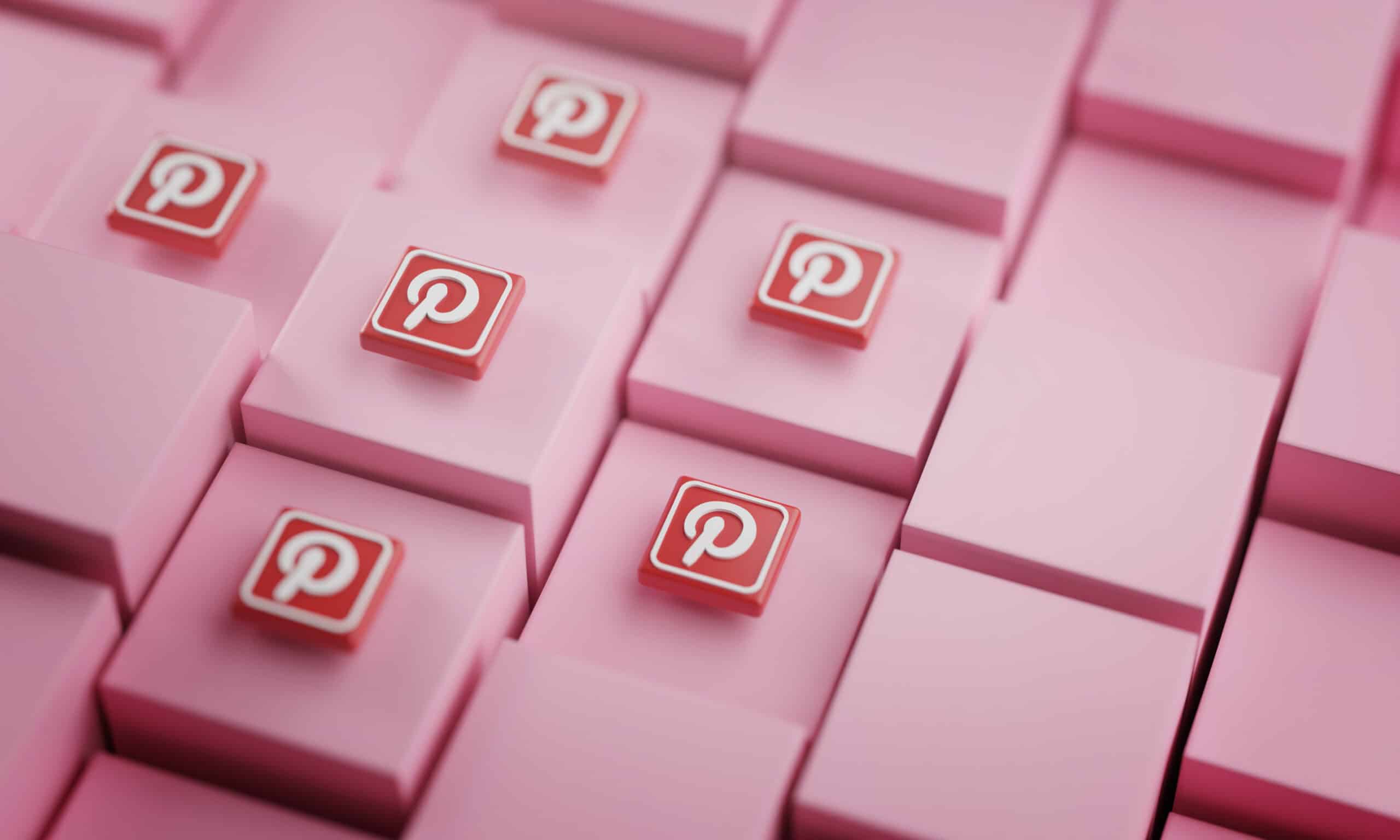Pinterest is a great way to get more followers with the right strategy. To start building your following on Pinterest, here are some tips to help you gain your follower base and grow your presence on this social media site:
#1. Use Rich Pins
One of the best ways to get followers on Pinterest is to use rich pins. Rich pins allow you to add additional information, links, and calls-to-action right onto your pins. It makes it easier for users to find out more about a pin without clicking.
You can add rich pins to any pin you’ve already posted, so long as the photo or video contains details, such as price or location (if applicable). It’s important to note that not all types of content support rich pins. You’ll also need an active account for this feature to work.
#2. Be Active on Pinterest
Followers will come to you when you’re active on Pinterest. When you share something new and interesting, people will notice and decide they want to follow your account.
Some examples:
– Find inspiration for new products or services.
– Find inspiration for new collaborations with other Pinterest users (design teams, bloggers).
– Inspire others with your visual profile.
#3. Add a Pin It Buttons to Your Site
You can add the Pin It buttons to your site with a plugin or manually, but the easiest way is to use the code that Pinterest provides. It will make it easy for people who visit your website or blog to pin any of your images directly from their browser window.
If someone visits one of your posts and decides to re-pin an image on their account or share it on Facebook, Tumblr, or Twitter, you’ll get credit for that action.
It is also an excellent way for people who find you through search engines and other sites since these Internet users are more likely to click on links than copy and paste them into their browser.
#4. Embed Pins Into Your Content
You can embed pins into your blog posts, emails, social media posts, and more. The possibilities are endless.
– Blog post: Embed a pin directly in your blog post. Make sure you include the title and description of the original pin in your post so that readers know exactly where they can find it if they want to click through to read more.
– Email newsletter: Send a newsletter with a link to one or several of your Pinterest boards at the bottom.
– Social media: Don’t forget other social media sites like Facebook and Twitter. These platforms offer great opportunities for re-sharing content from other sources.
#5. Create Unique Boards With Unique Names
– Use your brand, product, and target audience’s name in the board names.
– If you are running a contest or giveaway, include the word contest or giveaway in the board title to attract contestants and people interested in joining promotions like yours.
#6. Invite Users To Collaborate on Your Boards
Invite others to collaborate on your boards. If you want to grow your following and for more people to find you, invite other pinners to collaborate on boards that you create.
Pinners with similar interests will likely follow you and add your pins to their boards. You can also invite users who have similar brands or are in the same industry as you.
#7. Add the Follow Button and Widgets to Your Site
As a Pinterest user, you’re probably familiar with the Follow button and widget.
If you’re not, here’s what they do:
– The Follow button allows people to follow your Pinterest boards without logging into their account. Think of it as a way for users to bookmark your board from another website.
– The Widget lets users browse through all your pinned photos while they’re on a blog post or article instead of navigating away from that page to view them. In other words, it makes it easier for them.
#8. Use Images That Stand Out in Browse Mode
There’s no better way to get your pins noticed than by using unique, interesting images relevant to your pin. The image should be high quality and visually appealing. It should also have a consistent look with the brand of your website or blog.
Keep it simple by sticking with one color scheme, style, and typeface for all your Pinterest pins so that they look like they belong together when users scroll through the feed.
#9. Use Keywords
– Use keywords in board names.
– Include keywords in your pin descriptions.
– Use keywords in your profile description, bio, and URL.
– Use the same keywords used to find images when searching through Pinterest’s search bar or on Google Image Search (this is how most people will find you).
#10. Add Alt Text to Your Images With Pinterest-friendly Keywords
The alt text is the text that is displayed when an image cannot load. Search engines also use it to help them understand what an image is about, so it should be descriptive and relevant.
For example, if you post a photo of your new outdoor furniture, you could use — the new patio set — as your alt text. It would help Pinterest, Google Images, and other search engines know what the post is about — and ensure visitors to your site can find the link even if they’re viewing your content through mobile devices.
#11. Follow Influencers and Comment on Their Pins Frequently
Follow influencers. If you’re not following anyone, it’s time to change that. There are people with large followings on Pinterest. They’ll hopefully notice you when you start following them.
Comment on influencers’ pins often. Leave comments regularly so they can see that you’re active in the community and interested in what others are doing when they check your profile.
#12. Engage With Other Users
If you want to get more followers on Pinterest, here are some tips:
Engage with other users by liking, commenting, and re-pinning their content to get their attention and earn engagement. Followers will naturally come from this.
Use hashtags in your pins and boards so that people can find your pins easily when they search for those topics. It is also a better way to engage with like-minded users who may be interested in following your account.
The key to getting followers on Pinterest is a relationship with other users. Building connections, engaging in conversation, and sharing content will make people want to follow you.
If you’re looking for more engagement, try following influencers in your niche who have similar interests and engage with their content frequently — they may start following back if they like what they see.




